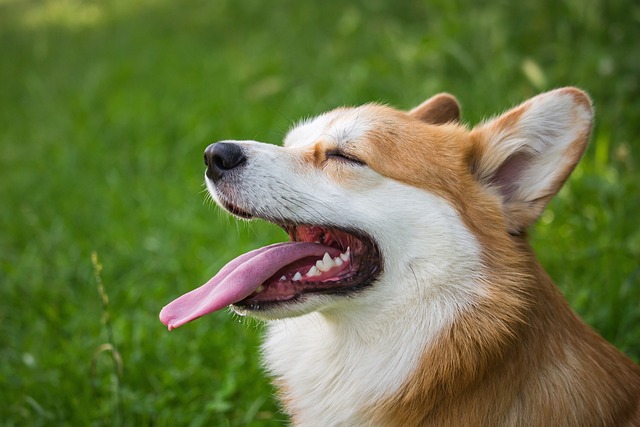
What vitamin is good for dogs' skin
Seeing your dog constantly scratch or noticing dry, flaky skin can make you wonder if a simple vitamin might be the solution.
That squishy face, those bat-like ears, that stubborn little wiggle—French Bulldogs have a way of stealing hearts. But anyone who’s lived with one knows their unique charm comes with some specific needs, especially when it comes to their skin. Those cute wrinkles and short coats hide a sensitive side that demands a little extra care.
Their skin is more delicate than it looks. The folds around their nose and neck trap moisture, which can lead to irritation if not kept clean. Think of it like wearing a wool scarf on a hot day—without proper airflow, things get uncomfortable fast. Regular checks here aren’t just about looks; they’re about keeping your buddy comfortable.
Bathing is a balancing act. Too often, and you’ll strip their skin of natural oils; too rarely, and dirt builds up in those folds. Most owners find once every 2-3 months works, but adjust based on activity—if they love rolling in mud puddles, you might need to step it up. Use a mild, hypoallergenic shampoo; harsh formulas can trigger redness, something to note since many regions have guidelines on pet product safety.
Drying them thoroughly is non-negotiable. After a bath, pat those wrinkles gently with a soft towel—don’t rub, which can irritate. A hair dryer on the lowest, coolest setting works for hard-to-reach spots, but keep it moving to avoid overheating. Those folds need to be bone-dry to prevent yeast or bacterial growth, a common issue vets see in the breed.
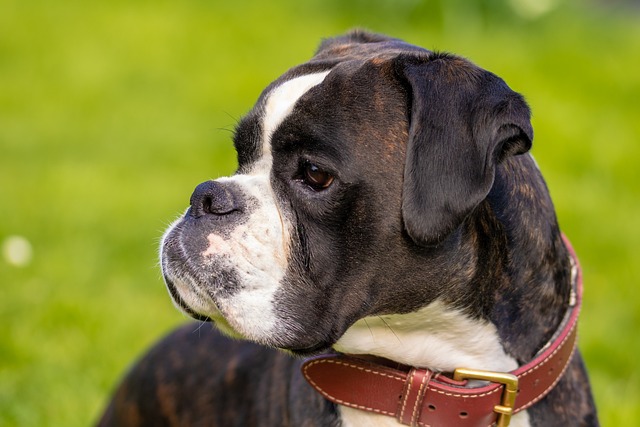 Ear care goes hand-in-hand with skin health. Those upright ears don’t trap as much air as floppy ones, but they still collect wax and debris. Wipe the outer ear with a damp cotton ball once a week—never stick anything inside. If you notice a strong odor or discharge, it’s time for a vet visit. Many areas require pets to be free of contagious conditions, so catching ear infections early helps keep everyone in the park safe.
Ear care goes hand-in-hand with skin health. Those upright ears don’t trap as much air as floppy ones, but they still collect wax and debris. Wipe the outer ear with a damp cotton ball once a week—never stick anything inside. If you notice a strong odor or discharge, it’s time for a vet visit. Many areas require pets to be free of contagious conditions, so catching ear infections early helps keep everyone in the park safe.
Brushing isn’t just for long-haired breeds. Their short coat sheds more than you’d expect, and a rubber brush once a week removes loose fur, which can clog pores if left to build up. It also gives you a chance to check for bumps, ticks, or dry patches—early signs of trouble that are easier to fix when caught quick.
Diet plays a bigger role than you might think. Skin issues often start from the inside, so look for food with omega-3 fatty acids, which support healthy skin. Avoid brands with excessive fillers or artificial additives—your vet can recommend options that meet local nutritional standards. Some regions have strict laws about pet food labeling, so check that ingredients are clearly listed.
Sun protection matters too. Their light-colored or thin fur offers little defense against UV rays. On sunny days, apply a pet-safe sunscreen to their belly and ear tips—yes, dogs can get sunburned. This is especially important if you live in areas with high UV indexes, where even short walks midday can cause damage.
Watch for red flags: excessive scratching, flaky skin, or a change in odor. These aren’t just annoyances—they could signal allergies, infections, or other issues. Early vet visits can prevent small problems from becoming big ones, and in many places, regular wellness checks are part of responsible pet ownership laws.
Your Frenchie’s skin routine is about more than keeping them looking their best. It’s about preserving that playful spirit, ensuring they’re comfortable enough to zoom around the yard or snuggle up on the couch without irritation. With a little consistency, you’ll keep those wrinkles happy and that tail wagging strong.

Seeing your dog constantly scratch or noticing dry, flaky skin can make you wonder if a simple vitamin might be the solution.

If you’re a new dog parent in the US—maybe you’re sitting on your Portland apartment couch, staring at your 1-year-old Australian Shepherd
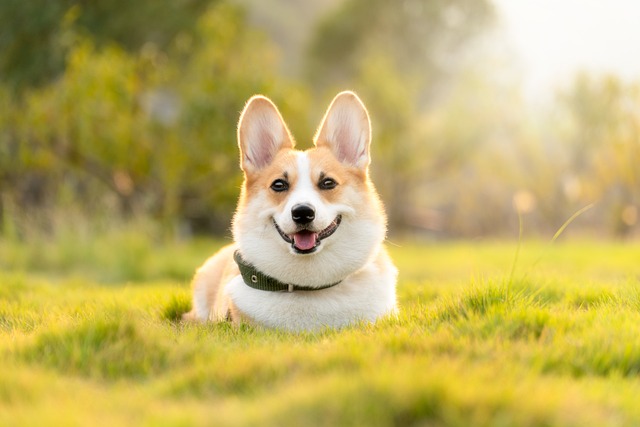
If you’re a new dog parent in the US—maybe you’re sitting on your Atlanta apartment floor, holding your 6-week-old Beagle puppy, Daisy, who’s curled up in your lap

If you’re a new dog parent in the US—maybe you’re standing in your Denver apartment’s kitchen, staring at a bag of high-quality puppy kibble and a bottle
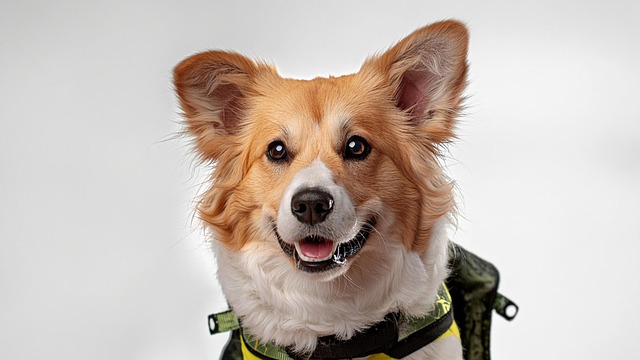
Seeing your puppy grow daily is amazing, and it’s natural to want to give them every advantage, including supplements.
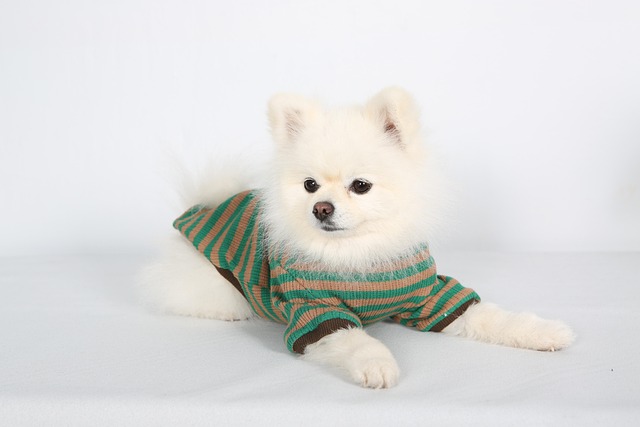
Brown stains on white dog fur aren’t just unsightly—they can also hint at underlying issues like tear duct irritation or poor grooming habits, which matter even more when you’re following local pet care laws.